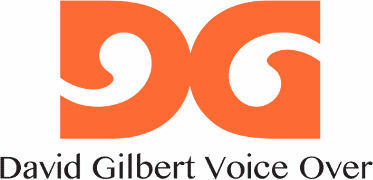
Do you know what problem you solve?
Do you know what problem you solve?
As a voice actor, voice over talent, voice over artist, voice talent, voice artist or any other variation, it always was something I couldn’t put my finger on.
Yes, we are storytellers, yes we convey information to an audience, yes we train people, delight people, and entertain people. We even greet people when you call.
We “do” a lot of things for our clients and their projects.
We narrate scripts into a microphone, which gets converted to ones and zeros into a digital file and transmitted electronically.
That is what we “do,” but not what problem we solve.
Ultimately, every project starts with someone passionate about something that they want to convey to an audience, so they start writing down words.
Those words come together as a script.
It can be vetted, proofed, approved, critiqued, edited, adjusted, and ultimately agreed upon before we ever see it.
Their intention is to get those words into their target audience’s head (information), heart (motivation) or soul (inspiration).
Sure, anyone can read words on a page.
But only voice talent have trained, studied, coached and practiced how to “say” those words in a believable way so the intended audience “believes” what they are being told.
Connecting the dots – from the script to the audience’s head, heart, or soul – IS the problem we solve.
Yes, all the obligatory phrases you hear are still relevant (telling your story, storytelling, spreading your message, or anything else similar), but in essence, if you can’t make that connection, everything else is irrelevant.
What’s your take on this?

